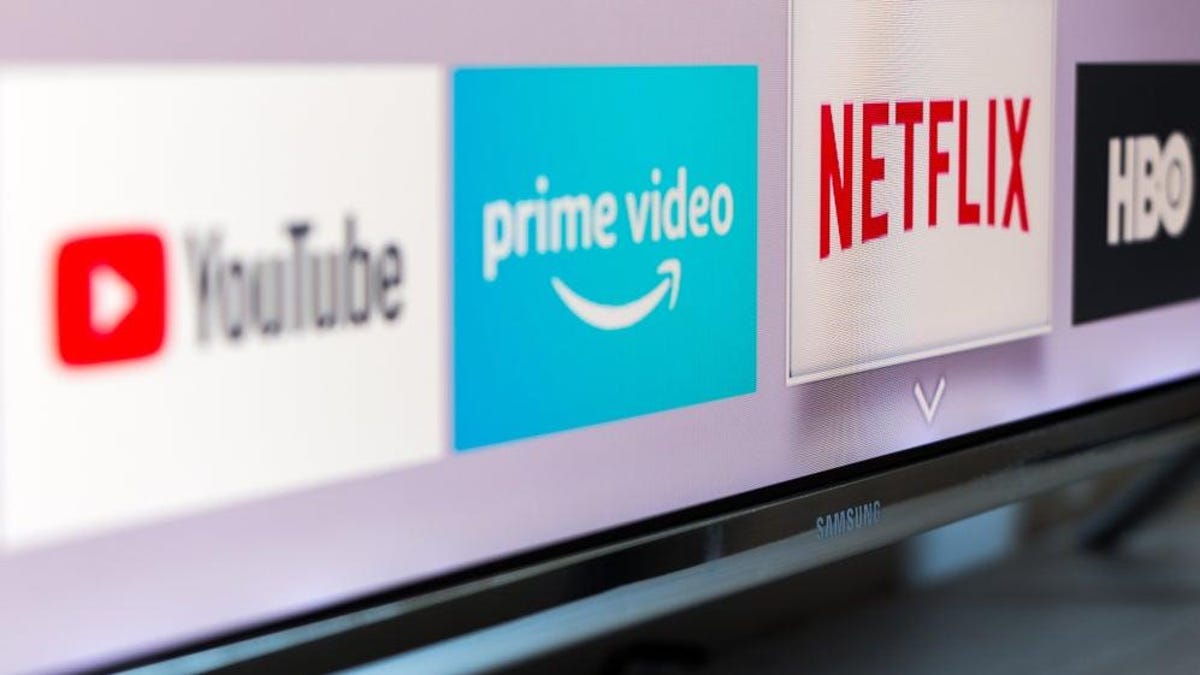Americans are withdrawing from watching broadcast and cable TV. Nielsen reports the number of viewers dropped below 50% for the total TV usage in July 2023. This marks the first time linear TV viewership represented less than half of total TV usage.
The drastic decrease in Americans moving away from linear TV has brought cable and broadcast shares to a record low of 20% and 29.6% respectively, according to Nielsen. The drop comes as viewers move to streaming services that regularly produce TV series exclusively on their platforms.
The days when a show would be released once a week on regular cable TV are receding into the rearview as streaming platforms often release a full season of a show all at once. Nielsen found that viewers spent 2.9% more time watching streaming platforms in July compared to the previous month and it has grown by 25.3% annually.
Nielsen found that the migration of traditional TV series to streaming platforms has accounted for the uptick in viewers moving away from linear TV, saying the most viewed shows were “Suits” which came to Netflix last month, and “Bluey” which aired on Disney+. The two shows alone accounted for a combined 23 billion viewing minutes. In a separate report, Nielsen found that viewers were primarily turning to Amazon Prime Video, Netflix, and YouTube, accounting for 38.7% of all streaming platforms.
Streaming services overtook linear TV for the first time in August of last year as the leading entertainment companies heavily invested in bringing licensed TV series and films to their platforms. The platforms have since cut spending as they move to show investors actual profits rather than focusing on growth as the primary metric.
“The number of shows is down this year, and there is no reason to expect it to climb back to prior levels,” Michael Pachter, managing director of equity research at Wedbush Securities, told Axios in March. “Everyone suddenly recognized that profitability matters, and they are cutting costs wherever they can. I expect more overseas production, but far less domestically.”
The caveat to Nielsen’s report will be the arrival of the 2023-2024 NFL season which will likely see a seasonal shift, bringing viewers back to broadcast TV. According to the report, sports in November 2022 accounted for 150 billion viewing minutes on broadcast TV.



Perhaps I am late to the party but I had never seen the term Linear TV used before to describe free to air / broadcast television. I can see the logic behind it.
Would it blow your mind to know that streaming/VOD is also known as “Non-linear TV”? 😁
It would only be in reference to video on demand. A lot of fixed broadcasts, live TV, are also available as streaming services that you have no control over and they just play sequentially.
Which now has me question whether technically linear tv and streaming services terminology as used in this title are accurate as they could be the same thing.
Yes, true. I was specifically referring to streaming of non-live content.
To your second paragraph, that’s a good question. I work for a company that provides live linear streaming along with our non-linear service, and last I heard, the live stream still had the majority share of views. I was a little surprised by that because of the size of the VOD offering, but then I remember how people just love throwing on the TV for noise and not think of it.
Further to that, I occasionally use Pluto, and I find that it’s often easier to just throw on the South Park live channel vs. navigating to the VOD channel and picking an episode. Maybe I’m just one of those old people. Lol.
That’s interesting that your company is seeing this trend for VOD. As a fellow old person even prior to streaming services being a thing I used to record tv shows on a pvr from the digital broadcast and then essentially watch on demand. You could skips ads etc and watch free to air at your own schedule.
I first heard the term about 6 months ago and had no idea what was being discussed until I asked the question.